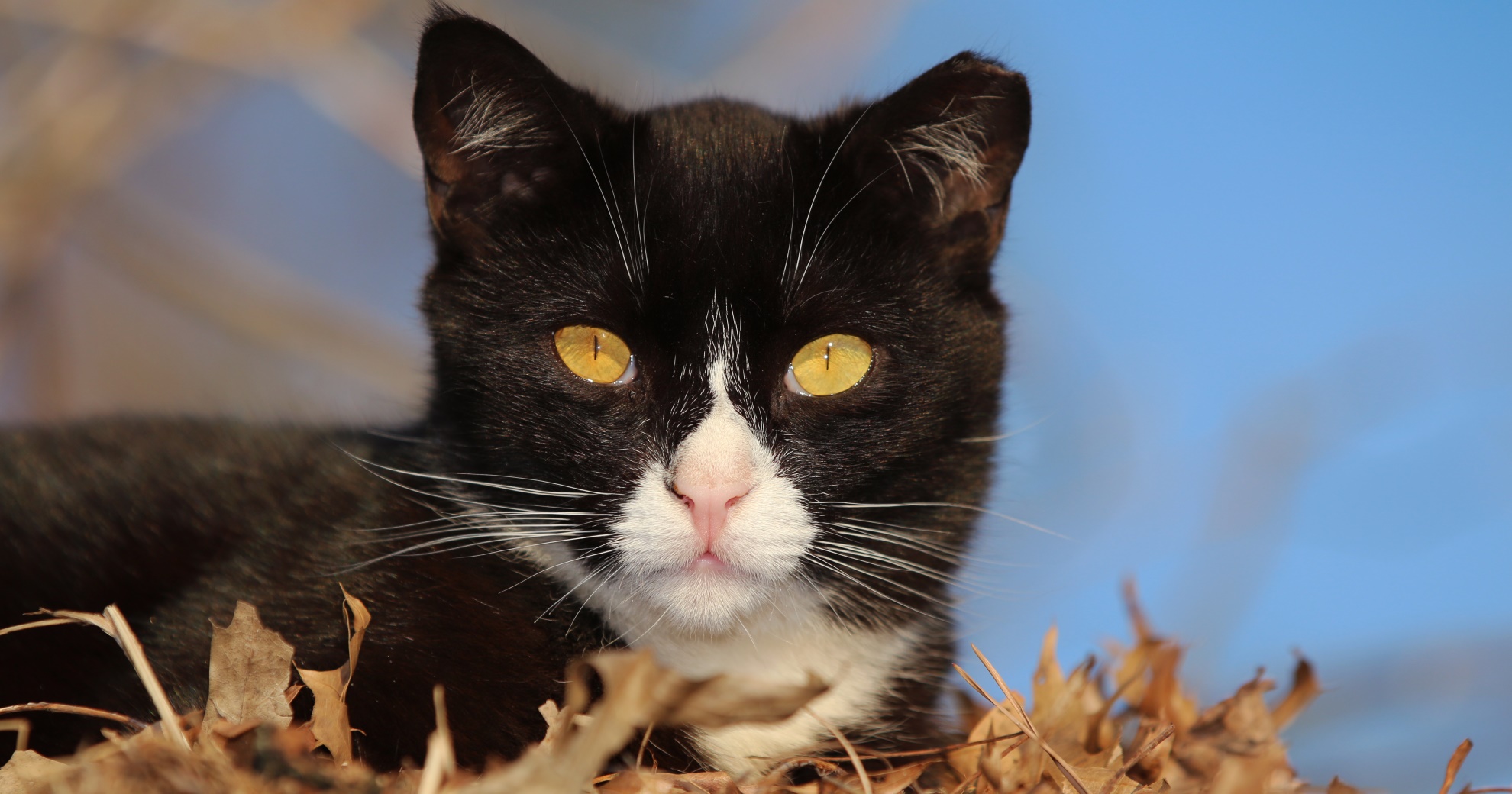HEALTH & WELLNESS

TRENDING

SIGN UP and Start Receiving
Our Monthly Newsletter,
The Chronicles
CKD a Common Disease in Domestic Cats

AN OVERVIEW OF CHRONIC KIDNEY DISEASE (CKD)
Chronic Kidney Disease (CKD) is a very common debilitating disease in cats. It is a progressive irreversible deterioration of kidney function or structure in one or both kidneys. The prevalence of feline CKD increases with age and geriatric cats in general often develop some degree of kidney disease.
The kidneys of cats with CKD are characterized by reduced numbers of functioning nephrons (the microscopic structural and functional units of the kidney that filter blood, return needed substances to blood and remove wastes).
CKD is a disease for which we have no cure, only the ability to slow it down and manage the other symptoms. Ultimately, it’s fatal. But there is also good news: with early and proper care and treatment, many cats who are diagnosed with kidney disease can do well for up to several years after diagnosis.
CKD IS A PROGRESSIVE, DEGENERATIVE DISEASE
Feline CKD is a progressive, degenerative disease that cannot be cured since the damage to the kidney that is characteristic for CKD is irreversible; however, with the right treatment, it can be managed very successfully for many years without affecting the special bond between cat and owner.
CKD is a concern because:
Firstly: It’s a leading cause of death and is very common in older cats and certain breeds.
Secondly: There are seldom signs until stage III is reached.
Thirdly: Even though kidneys are resilient, ongoing damage eventually affects quality of life.
FOUR STAGES OF CKD
The International Renal Interest Society (IRIS) developed a method to gauge the severity of the disease in four stages. Stage 1 is the least severe and Stage 4 is the most severe. Staging the disease is useful for treatment and monitoring of patients.
Stage I: Early kidney insufficiency
- This means that the cat’s kidney function is somewhere between 33 and 99%. It is difficult to identify kidney disease until later stages.
- Most cats who are diagnosed with stage I CKD can have several years before it progresses to stage II CKD, but every cat progresses at a different rate.
Stage II: Late stage kidney insufficiency
- This stage means that the cat’s kidney function is somewhere between 25 and 33%. The kidneys are still adequately filtering out toxins and waste products, but they are starting to struggle.
- Some symptoms at this stage may be more water intake, and a little more urine output and hypertension.
Stage III: Early kidney failure
- This stage means that the cat’s kidneys are now functioning between 15% and 25%. At this point, the kidneys are no longer able to adequately filter out all of the toxins and waste products of the body, and the cat may be starting to develop more noticeable symptoms of kidney disease.
- The primary symptoms are increased drinking and urination, increased nausea, which will usually manifest as decreased appetite, being pickier with foods, and an increase in vomiting.
Stage IV: End stage kidney failure
- This stage means that the cat’s kidneys are now functioning at less than 15%.
- The focus is on supportive care and increasing quality of life.
- The primary symptoms at this stage are extreme nausea, to the point of not eating, and lethargy.
CAUSES OF FELINE CKD
There are many possible underlying causes of CKD in cats, ranging from congenital abnormalities and immune-mediated disease to hypertension. Some chronic conditions that are common in cats such as high blood pressure and hyperthyroidism may cause CKD. However, for many cats with CKD, the cause is unknown.
However, by far the most common underlying cause in cats is tubulointerstitial nephritis – a kidney condition characterized by swelling in between the kidney tubules. In many situations in cats, this abnormality causes a progressive decrease in the glomerular filtration rate (GFR) over time, ultimately resulting in azotemia (i.e. abnormally high levels of nitrogen containing compounds such as urea and creatinine in the blood).
Chronic kidney disease (CKD) is the result of various kinds of damage to the kidneys and is very closely related to age. There are some known triggers for kidney failure, but often no precise cause is identified.
Triggers for CKD may include:
- Abdominal trauma that can damage the organs
- Certain medications
- Exposure to toxins, such as heavy metals (mercury, lead and thallium)
- High blood pressure
- Chronic urinary tract obstruction
- Chronic bacterial infection of the kidneys
- Immune system disorders, such as systemic lupus
- Some infectious diseases, such as feline leukemia and feline immunodeficiency virus (FIV)
- Congenital polycystic kidney disease
- Malformation of the kidneys at birth
BREED PREDISPOSITIONS
Some breeds reported to be disproportionately affected by CKD include:
- Persian
- Siamese
- Burmese
- Abyssinian
- Maine Coon
- Russian Blue
SOME COMMON CLINICAL SIGNS OF CKD
The most frequently observed clinical signs of CKD in cats may include:
- Increased thirst and dehydration – diseased kidneys have trouble concentrating urine and lose a lot of water
- Increased urination – when the kidney’s filters are damaged, it can cause an increase in urination
- Nausea – many of the waste products that build up in the blood of cats with CKD make them feel sick and lethargic
- Poor appetite – a side effect of nausea, most cats don’t want to eat when they don’t feel well
- Weight loss – cats with CKD often lose both muscle and fat as a consequence of poor appetite
- Other reported clinical signs are mainly related to the gastrointestinal tract and include intermittent vomiting, constipation and halitosis
TREATMENT GOALS
The goals of treatment of CKD are:
- Slow progression of the disease by controlling the buildup of waste products in the blood
- Delay the progression of the disease
- Maintain or improve the quality of life of the cat, and extend lifespan









